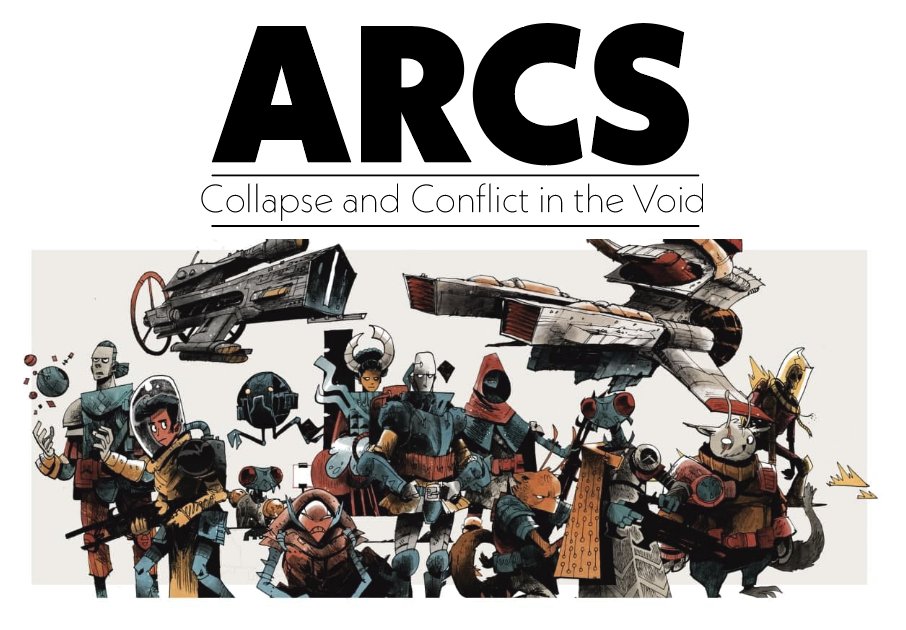In preparation for the next designer diary for #oathboardgame I've been playing a lot of @unormal 's brilliant Caves of Qud. Lately I've been espeically taken by the game's beautiful writing and world-building (done by @inurashii and others). They put most AAA games to shame.
The diary entry (either next week or the week after) will be mostly about working on game systems that are both modular and expressive, but I wanted to just take a moment to thank the @cavesofqud team for making something of staggering beauty.
Most evenings, after the kids are in bed, I get together to play competitive games with a bunch of siblings and old friends. Caves of Qud has turned these Discord hangs into something between free-form storytelling jams and a poetry reading. I love it. Kudos to you all.
• • •
Missing some Tweet in this thread? You can try to
force a refresh






